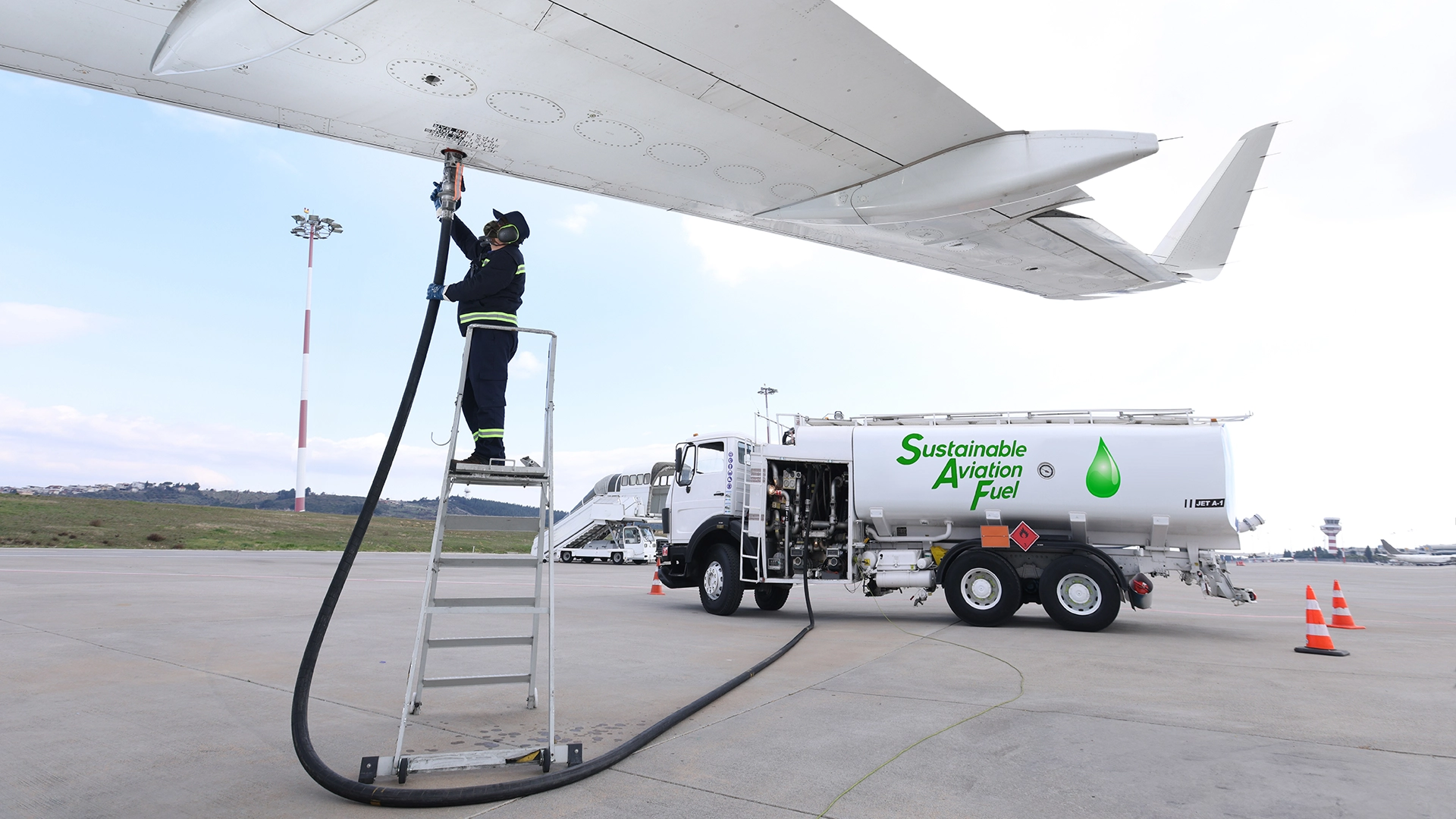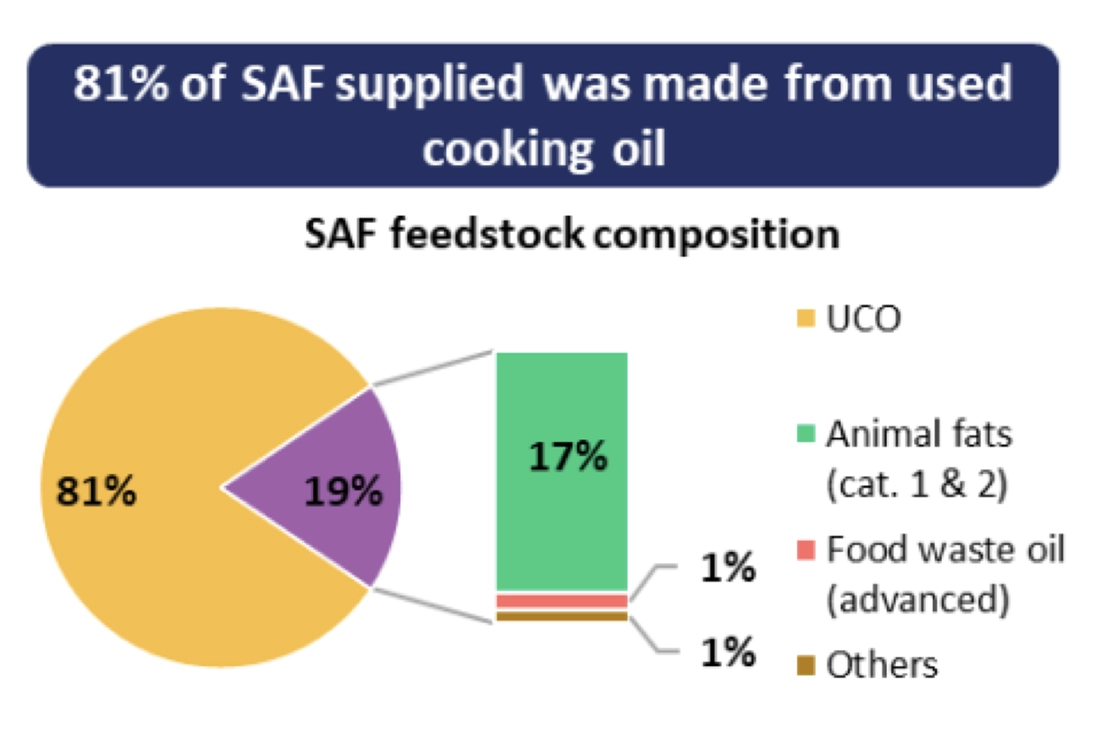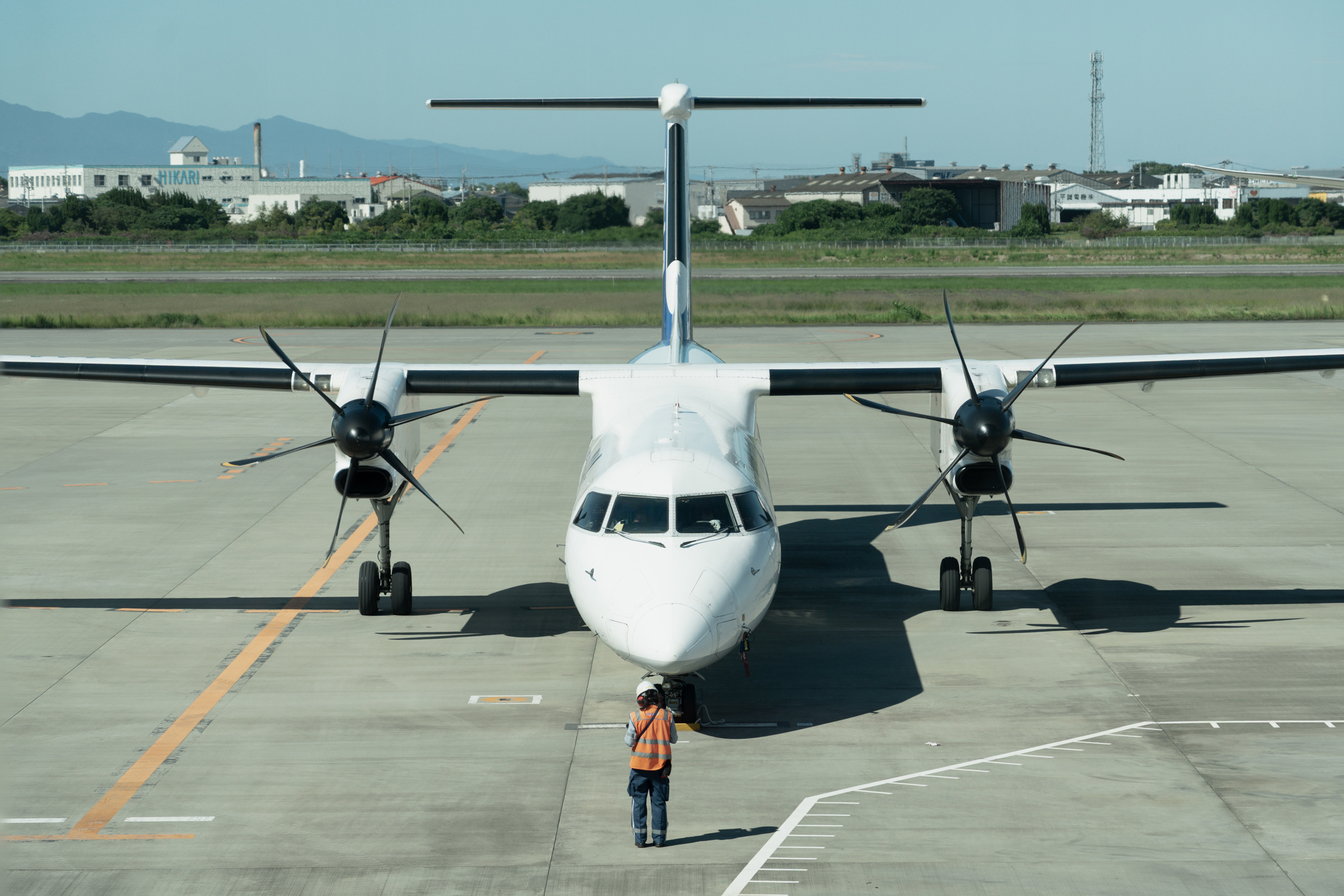
Europe’s SAF Use Reduced Carbon Emissions As Much As 10,000 Flights: EASA
Business, commercial and general aviation in Europe used more than 6.1 million gallons of sustainable aviation fuel (SAF) in 2024, cutting carbon emissions by an amount equivalent to 10,000 flights between Madrid and Paris, according to the European Union Aviation Safety Agency (EASA).
Also notable: the SAF that was used was 91% lower in greenhouse gas emissions than the conventional fuel it replaced, EASA said in a report detailing the fuel’s consumption across the European Union. That number is even cleaner than the long-held expectation that SAF would be up to 80% better at reducing aviation lifecycle carbon emissions than legacy fuels.
The EASA report, its first annual study of SAF demand across the continent, shows that the transition to cleaner aviation fuels is beginning to take hold.
Business aviation and CLIMBING. FAST. have been steadfast advocates for sustainable aviation fuel. SAF is a core part of business aviation’s plan to reduce emissions and achieve net-zero emissions by 2050, as outlined in the Business Aviation Commitment on Climate Change.
The European Business Aviation Association (EBAA) welcomed EASA’s report showing that SAF is helping to drive down emissions with the potential to reduce carbon much more.
“EASA’s report gives us, for the first time, a continental snapshot of what happens when SAF is actually available: operators choose it and emissions fall sharply,” said EBAA’s Róman Kok. “Through CLIMBING. FAST., business aviation has shown it is willing to pay more and move first. The real test now is whether Europe can turn these early gains into a reliable market, with greater production, fair pricing and access to SAF at the smaller airports our sector depends on.”
What the study found
The aviation sector consumed 193 kilotonnes — or 6.12 million gallons — of SAF at European airports in 2024.
While that amounted to a small percentage of Europe’s overall fuel use, the SAF consumed avoided approximately 714 kilotonnes (714,000 metric tons) of carbon emissions, the study said.

EASA said the EU is on track for SAF to meet 6% of its aviation fuel needs by 2030.
The EU is aiming for SAF to provide 2% of its annual aviation fuel demand annually from 2025 through 2029.

Nearly all of the SAF used in the EU last year was biofuel, with 81% derived from used cooking oil and 17% from waste animal fats.
The agency said 99% of the supply of the SAF in Europe came from just five countries: France, Germany, Spain, Sweden and The Netherlands. The fuel was provided by 25 different companies and was used at 33 airports in a dozen EU states.
Sustainability consultancy 4AIR said the EASA report was important to set a benchmark for SAF and underscores SAF’s momentum in the transition to cleaner jet fuel.
“These first results are encouraging,” 4AIR said. “They provide a critical reference point for tracking compliance and evaluating progress under the ReFuelEU SAF mandate in 2025 and beyond.”
Global SAF production doubled from 2023 to 2024, and it’s projected to double again in 2025.
EASA’s full ReFuelEU Aviation Annual Technical Report 2025 is available here.




